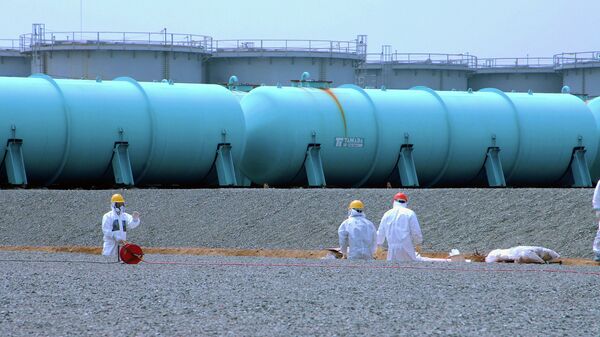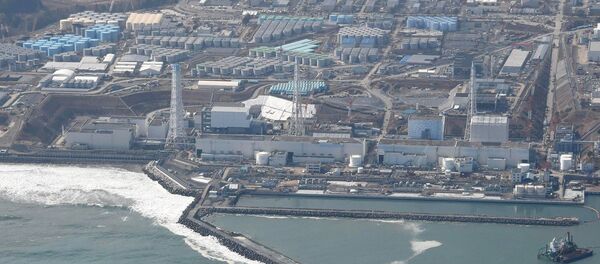According to NHK channel, TEPCO, the operator of the damaged power plant, will freeze the soil between reactor buildings, creating a 0.9-mile-long ice wall to prevent groundwater from seeping into the buildings.
Work on the $313-million project began last June, with workers driving pipes that will contain a freezing solution into the ground.
Japan's Nuclear Regulation Authority approved TEPCO's plan to start trials to freeze the liquid at 18 locations on Tuesday. It is unclear how long the project will take.
As many as 1,700 pipes will be drilled in a large rectangle to a depth of about 99 ft, according to the NHK. The pipes will be frozen to —30 Celsius (-22 Fahrenheit) which will then, it is hoped, freeze the surrounding soil.
The installation of pipes is almost complete on the inland side of the reactor, according to NHK. The work on the seaside of the reactor is stalled by a delay in removing wastewater from utility tunnels.
In 2011, the largest nuclear catastrophe since the Chernobyl disaster took place in Japan, when the Fukushima Daiichi nuclear power plant was hit by a 46-foot tsunami, triggered by a 9.0 magnitude offshore earthquake. Three of the six reactors were damaged beyond repair.
Measurable radiation leaking into the atmosphere, soil and sea began immediately after the tsunami hit.



